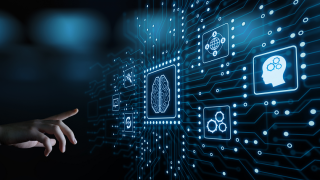Underneath the world's oceans lies a hidden lifeline for modern society: a network of submarine cables that carry 95% of global internet traffic.
-
Network automation uses programmable logic to manage network functions. This involves taking the manual tasks involved in managing a network and passing them to software programs to do instead.
-
As organisations continue to embrace edge computing a new approach to cybersecurity needs to be taken.
-
Asia has a profound role to play in shaping ESG policies. Saf Malik explores whether innovation is encouraged.
-
Peering is the exchange of traffic between two different networks, without the need to pay a third party to carry it. Direct interconnection has benefits when it comes to cost, latency and performance.
-
Network slicing allows you to operate multiple virtualised networks, or ‘network slices,’ across one set of network infrastructure – like two different train companies using the same tracks and signals.
-
Capacity explores the role of AI in the world of women in cybersecurity, will it break down barriers?
-
We all know how basic network communications work. Between two points, data is transmitted using various technologies and across various types of infrastructure (subsea fibre, terrestrial fibre, satellite or wireless) mostly reliant on electromagnetic waves, to reach its end point.
-
Capacity explores the factors behind circular economy adoption, and investigates why more granular data on network components is key to driving adoption of the principles
-
Nadine Hawkins investigates whether telcos are ready to handle the upsurge in AI compute power demands















